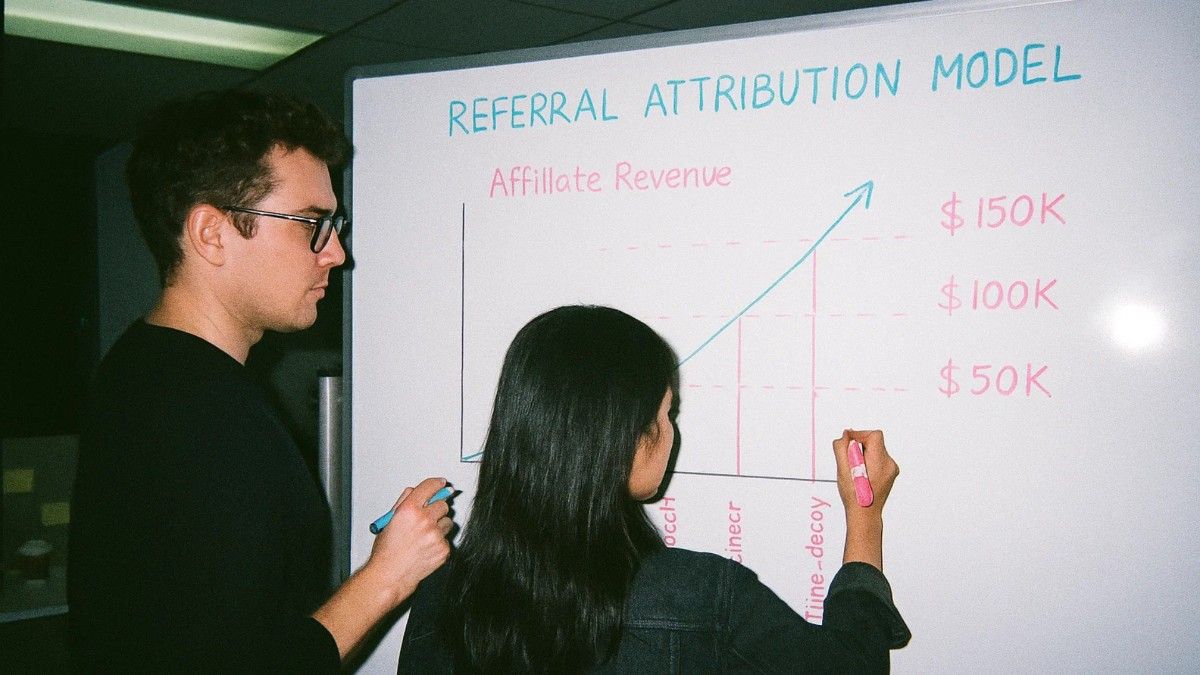
Quick answer: A referral attribution model captures referral touchpoints across the funnel to credit word-of-mouth for conversions that traditional analytics overlook.
Attribution models decide which channels get credit for a sale. In a multi-touch environment—where a customer may click an ad, read a review, and later use a friend’s referral link—traditional analytics often undervalue referral marketing.
Yet referrals influence up to 30 % of DTC sales in top-performing programs. Accurately tracking these referral touchpoints is essential to prove ROI and allocate budget fairly across performance channels.
A referral attribution model assigns value to word-of-mouth interactions within your customer journey. It measures the influence of referred visits, clicks, and conversions alongside paid and organic sources.
Using a multi-touch model, referrals can earn partial credit—say 30 %—if the user also interacted with ads or email before purchasing. This provides a fuller picture of performance than last-click attribution.
A well-built referral attribution model identifies where referrals appear in the funnel:
When a customer shares a referral link on social or via messaging, the first visit often starts here. Tracking UTMs in referral URLs helps attribute this early influence.
Prospects may revisit through ads, email flows, or retargeting before converting. Tools like ReferralCandy’s referral analytics dashboard connect these intermediate clicks to the original referral source, not just the final one.
The checkout moment—where discount codes or referral IDs trigger—closes the attribution loop. Capturing order-level data in Shopify or WooCommerce ensures the referral partner receives accurate credit.
According to our 2025 data, brands that connect referral events with post-purchase behavior see up to 40 % higher attribution accuracy compared to single-touch setups.
While both reward partners for driving sales, their attribution paths differ:

Referral attribution focuses on peer-to-peer influence, while affiliate attribution tracks partner-driven promotion. When combined in one platform—like ReferralCandy with AffiliatePlus—you can evaluate both word-of-mouth and creator-driven conversions within a single dashboard.
ReferralCandy supports multi-touch referral tracking by tagging every referred order with unique referral IDs, discount codes, and UTM parameters. The dashboard shows first- and last-touch views, share-to-click ratios, and cross-device sales.
Add referral widgets to multiple surfaces—order confirmation pages, popups, or loyalty dashboards—to capture first interactions. Each widget adds an identifiable event for attribution tracking.
Once attribution data stabilises, you can project referral-driven revenue within your broader performance forecasting model to compare against paid and affiliate ROI.
Need more? Read our guide on the best Shopify referral apps for tracking and attribution.
Raúl Galera is the Growth Lead at ReferralCandy, where they’ve helped 30,000+ eCommerce brands drive sales through referrals and word-of-mouth marketing. Over the past 8+ years, Raúl has worked hands-on with DTC merchants of all sizes (from scrappy Shopify startups to household names) helping them turn happy customers into revenue-driving advocates. Raúl’s been featured on dozens of top eCommerce podcasts, contributed to leading industry publications, and regularly speaks about customer acquisition, retention, and brand growth at industry events.
Grow your sales at a ridiculously
lower CAC.